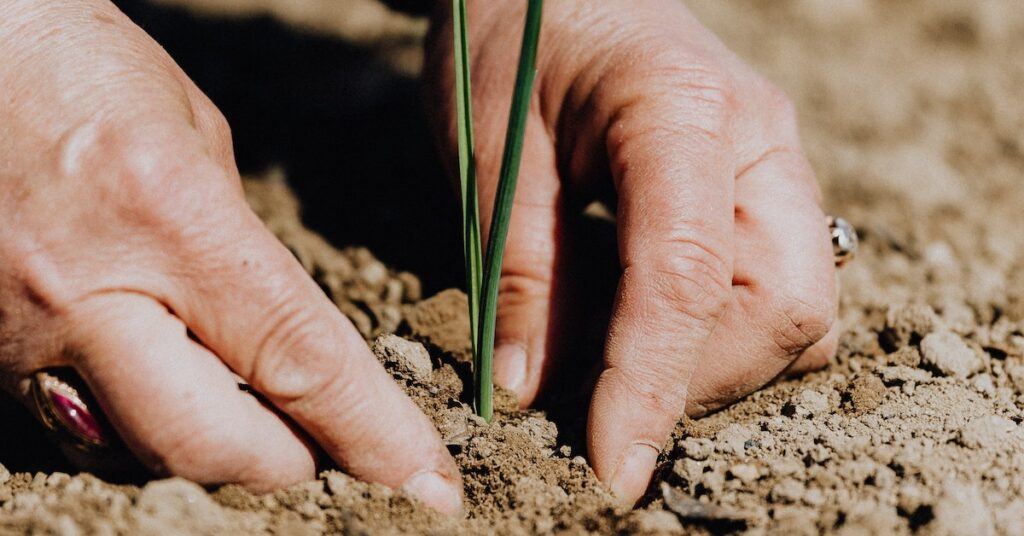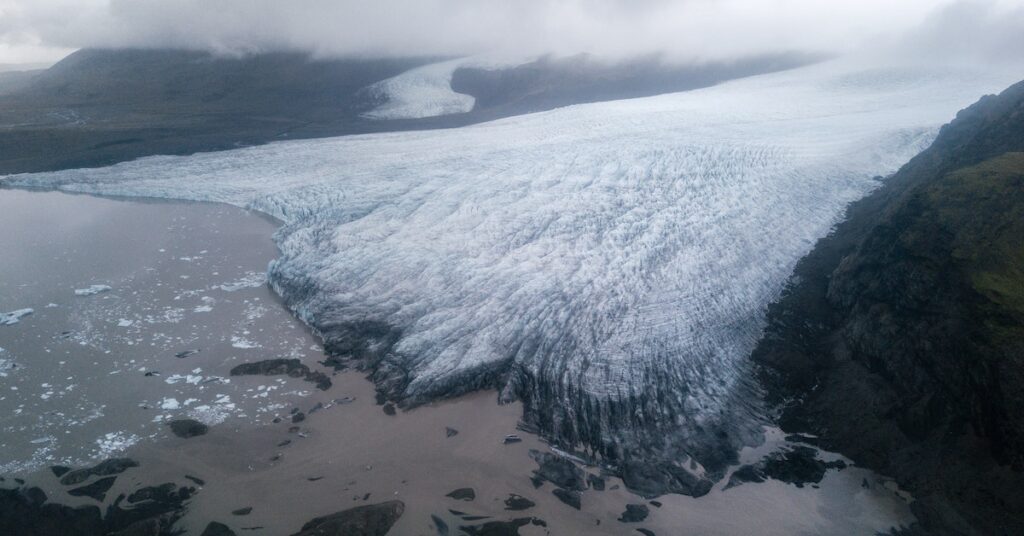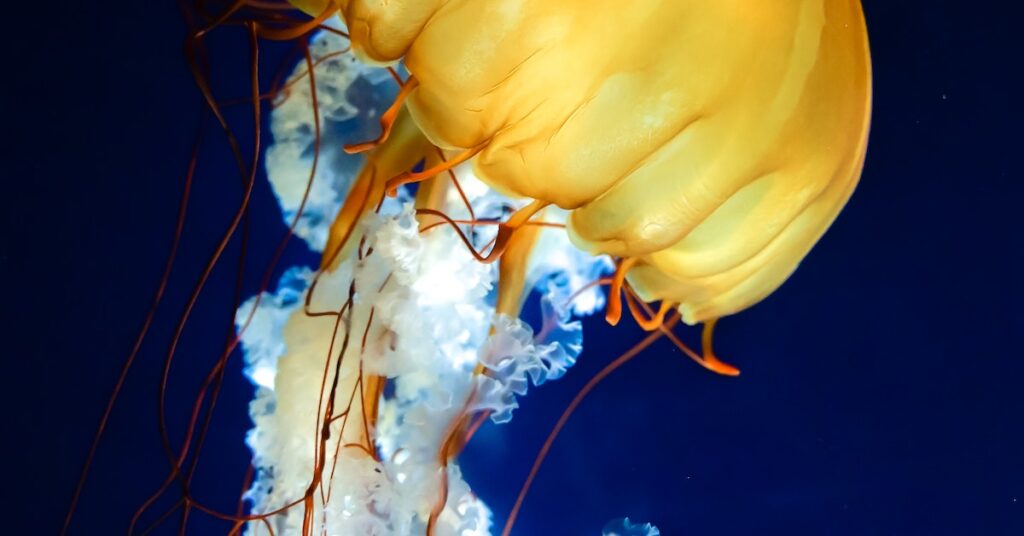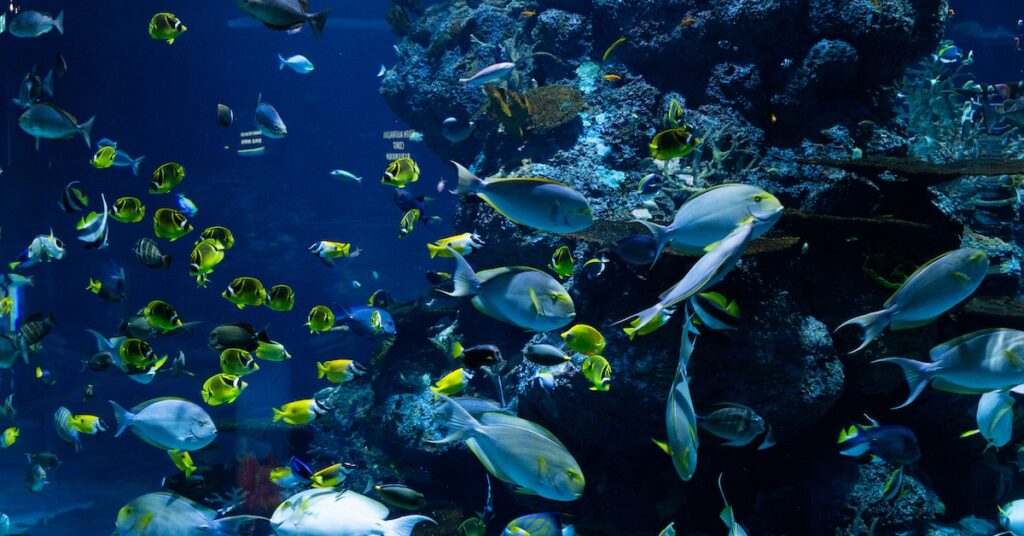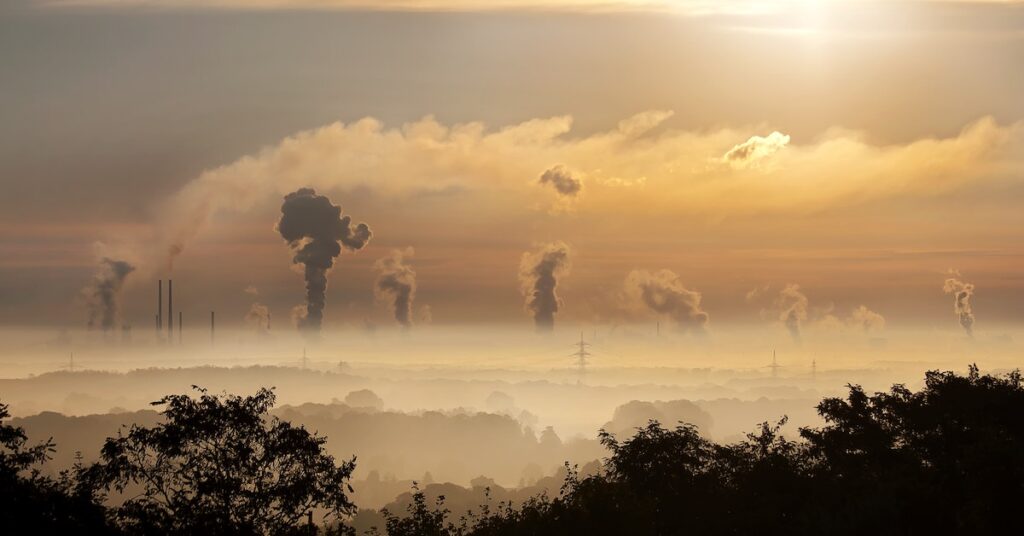Did you know that your food choices affect the climate? Meat, dairy, cheese, and eggs all contribute to climate change. But what can you do to reduce your carbon footprint? Organic foods have a lower carbon footprint than animal-based ones. Read on to learn more about the impact of meat on our planet. Meat is […]
Tag Archives: green climate
How do ocean temperatures affect the climate of coastal cities? Ocean temperature affects a coastal city’s climate in two main ways: warming and cooling. Warm ocean currents warm the air above the ocean and carry it to land, increasing coastal temperatures. Conversely, cold ocean currents carry cooler air to land, lowering coastal temperatures. These two […]
Climate and temperature may influence individual behaviors, but not all social scientists agree. For example, Montesquieu argued that cold weather made people more active, while heat rendered people passive. Cold weather makes us more generous and sentimental, while heat drains us of our vigor and sense of generosity. That’s why he noted that Indians needed […]
Carbon-based fuels are the primary source of pollution in our environment. They are nonrenewable because they are made of fossilized wood and cannot be processed biologically. The only way to replenish these fuels is to dig through the layers of sediment and extract the organic material that was trapped in them. Fossil fuels can only […]
What is the impact of climate change on arctic habitat loss? Many things are changing rapidly, including sea level rise, warming seas, and a change in the phenology of plants. These changes are causing new combinations of species to appear in the region. Here are some of the most immediate threats to arctic ecosystems. Read […]
While biofuel is a renewable and efficient energy source, it is far from perfect. Its advantages include a reduced carbon footprint, increased economic impact, and low toxicity. But how can it compare to conventional fuel? Let’s examine some of the most prominent ones. And if you’re not convinced yet, read on. Here are some more […]
Diversity is the variation in the number of species, in both number and identity, across space and time. It is one of the primary criteria used to evaluate the health of ecosystems and assess the value of a region or species. To better understand biodiversity, learn how it’s measured and how to use the term […]
This new study suggests that the origin of new forms of life requires millions or thousands of years. A warmer Earth might therefore promote biodiversity over the long term. However, it does not offer much comfort in the face of climate change. The vast majority of research examining current ecosystems suggests that a warmer Earth […]
The concept of ecosystem multifunctionality has been used to link biodiversity with ecosystem stability. It can help transform the way people view the effects of biodiversity on ecosystem stability, thereby enabling us to translate the science into policy-relevant information. One example of how biodiversity confers stability is by improving ecosystem resilience to environmental change. In […]
You can cut down air pollution by reducing energy consumption and by switching to other forms of energy, such as natural gas or hydrofluorocarbons. By using public transportation, you can reduce the amount of energy you need and also cut emissions of ozone-depleting substances. You can also make a lifestyle change and reduce the number […]




